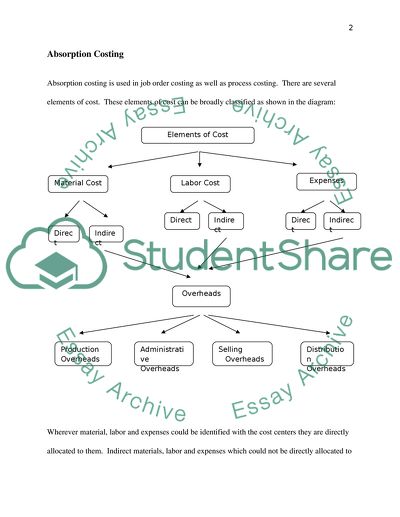Cite this document
(“BSc Accounting Programme -- Management Accounting -- Absorption vs Essay”, n.d.)
BSc Accounting Programme -- Management Accounting -- Absorption vs Essay. Retrieved from https://studentshare.org/miscellaneous/1609252-bsc-accounting-programme-management-accounting-absorption-vs-marginal-costing
BSc Accounting Programme -- Management Accounting -- Absorption vs Essay. Retrieved from https://studentshare.org/miscellaneous/1609252-bsc-accounting-programme-management-accounting-absorption-vs-marginal-costing
(BSc Accounting Programme -- Management Accounting -- Absorption Vs Essay)
BSc Accounting Programme -- Management Accounting -- Absorption Vs Essay. https://studentshare.org/miscellaneous/1609252-bsc-accounting-programme-management-accounting-absorption-vs-marginal-costing.
BSc Accounting Programme -- Management Accounting -- Absorption Vs Essay. https://studentshare.org/miscellaneous/1609252-bsc-accounting-programme-management-accounting-absorption-vs-marginal-costing.
“BSc Accounting Programme -- Management Accounting -- Absorption Vs Essay”, n.d. https://studentshare.org/miscellaneous/1609252-bsc-accounting-programme-management-accounting-absorption-vs-marginal-costing.


